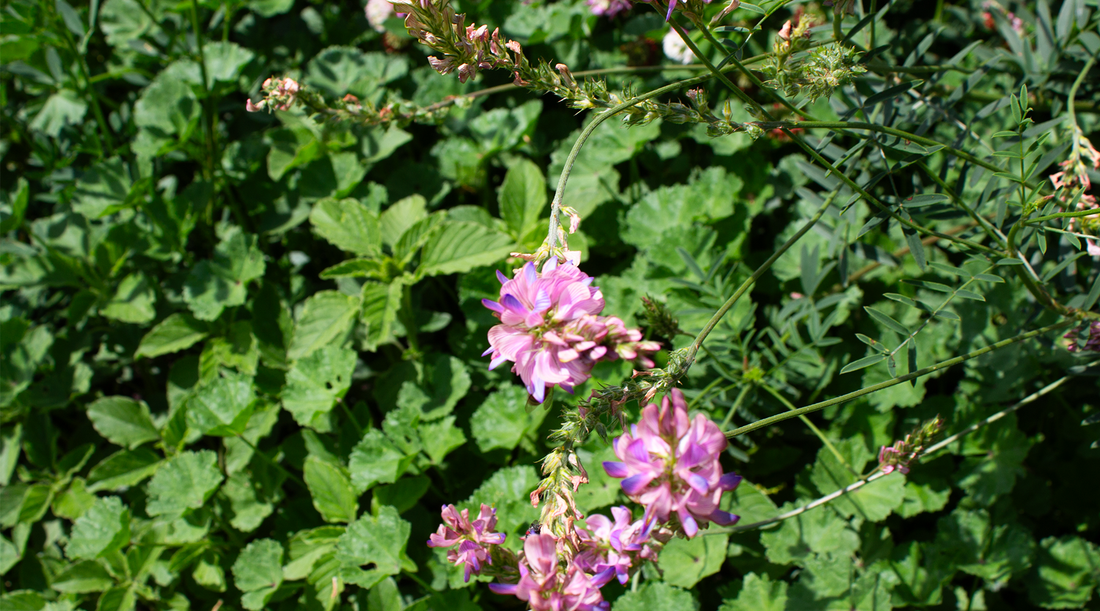
Soy Candles vs. Beeswax Candles: Pros, Cons, and Which is Better
Introduction: Choosing the Right Candle Wax
Candles are a popular choice for relaxation, ambiance, and home decor, but not all waxes are created equal. Two of the most common natural candle waxes are soy wax and beeswax. Each has its own benefits and drawbacks, making it essential to compare them before deciding which is best for your needs. This guide explores the differences between soy candles and beeswax candles, comparing their burn quality, sustainability, scent, and overall value.
What is Soy Wax?
Soy wax is a vegetable-based wax derived from soybean oil. It is a renewable resource and has become a popular alternative to paraffin wax due to its cleaner burn and ability to hold fragrances well.
Key Characteristics of Soy Wax:
- Made from hydrogenated soybean oil
- Lower melting point (113–130°F or 45–54°C)
- Renewable and biodegradable
- Often used in scented candles due to its ability to hold fragrances
What is Beeswax?
Beeswax is a natural wax produced by honeybees and has been used for centuries in candle making. It is known for its long burn time, natural honey-like scent, and ability to purify indoor air.
Key Characteristics of Beeswax:
- Produced by honeybees to build honeycomb
- Higher melting point (144–147°F or 62–64°C)
- Naturally emits negative ions that help purify the air
- Burns cleaner and longer than other waxes
Comparing Soy Candles vs. Beeswax Candles
|
Feature |
Soy Candles |
Beeswax Candles |
|
Burn Time |
Shorter (30-50% less than beeswax) |
Longest burn time of any wax |
|
Soot Production |
Minimal, but can produce some soot over time |
Produces little to no soot |
|
Scent Throw |
Holds fragrance well but requires added fragrance oils |
Natural honey-like aroma without added scents |
|
Air Quality |
Cleaner than paraffin but no air purification benefits |
Emits negative ions that purify indoor air |
|
Eco-Friendliness |
Renewable, but some soy is GMO and requires heavy processing |
100% natural and renewable, supports beekeeping |
|
Price |
More affordable than beeswax |
More expensive due to limited supply |
|
Vegan-Friendly |
Yes, entirely plant-based |
No, as it is derived from bees |
Pros and Cons of Soy Candles
Pros:
· Renewable and biodegradable
· Affordable and widely available
· Holds fragrance well for scented candles
· Burns cleaner than paraffin wax
Cons:
· Shorter burn time than beeswax
· Can contain additives or stabilizers
· No air-purifying benefits
· Some soy wax is derived from genetically modified soybeans
Pros and Cons of Beeswax Candles
Pros:
· Burns longer than soy and paraffin candles
· Produces little to no soot
· Does not require added fragrances due to its natural honey aroma
Cons:
· More expensive than soy wax
· Limited scent throw for artificial fragrances
· Not considered vegan since it is a bee byproduct
Which Candle Wax is Better?
Best for Scented Candles:
Soy candles are ideal for those who prefer strong fragrance throw, as they absorb and release scents more effectively than beeswax, unless you purchase ivory beeswax, which throws scent similarly to soy wax.
Best for Longevity and Clean Burn:
Beeswax candles burn longer and cleaner than soy candles, making them a better long-term investment despite their higher price.
Conclusion: Choosing Between Soy and Beeswax Candles
Both soy and beeswax candles have unique advantages, making them suitable for different preferences.
Where to Buy Quality Beeswax Candles
For those looking for high-quality natural candles, it’s important to choose products made from 100% pure soy or beeswax without harmful additives. Look for candles with cotton or wooden wicks to ensure a clean and safe burn.
Why Our Beeswax is Better
Looking for high-quality, 100% pure Canadian beeswax candles? All of our beeswax products are hand-poured and sold in wholesale and small quantities. We have perfect our wax filtering process over the past decade and now offer a consistent high-quality product.
Shop now and experience the difference.
About Prairie Sun Beeswax
Prairie Sun Beeswax is a family-owned business in the Canadian prairies, producing pure beeswax and honey for over three generations. We render Manitoba and Ontario beeswax and all of our beeswax products sold are 100% Canadian. What started as a small beekeeping operation in 1962 has grown into a thriving farm with 1,500 hives. Since launching our commercial beeswax rendering business in 2014, we’ve perfected our filtering process to deliver the highest quality wax to our customers. In addition, our commercial beeswax rendering process is powered by a large solar array that we installed behind the honey house in 2017.
